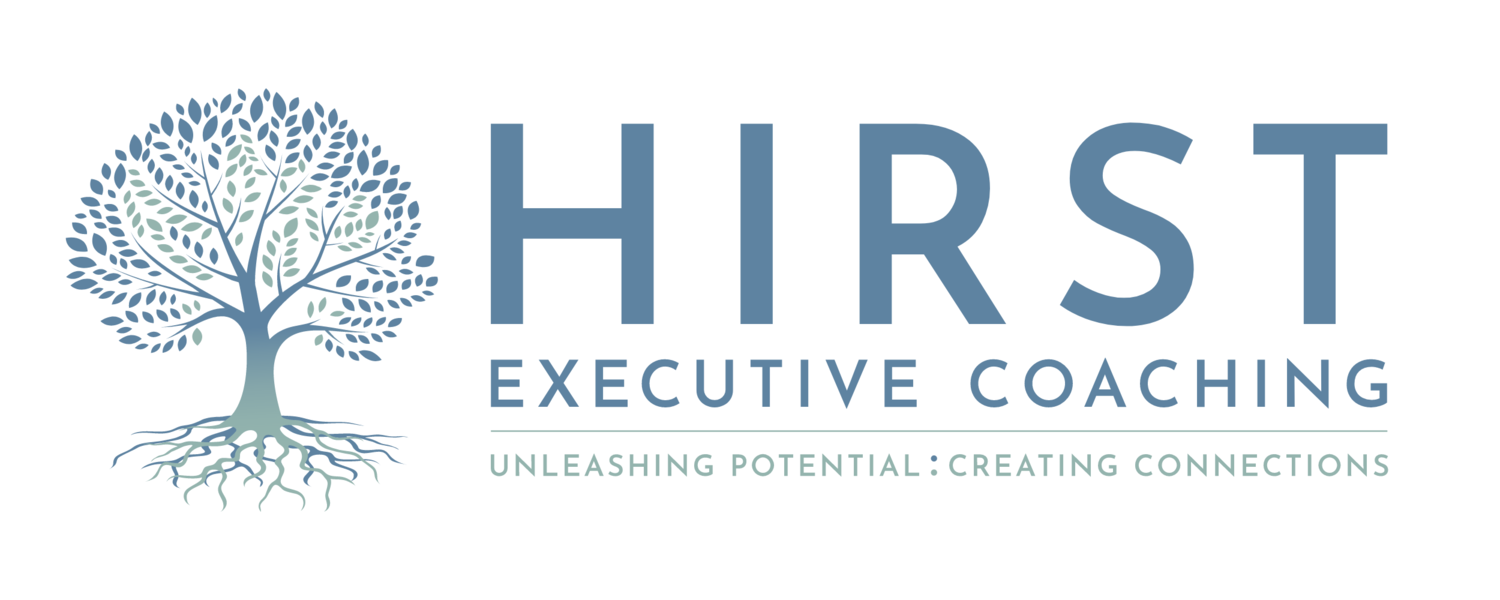Presenting Authentically
You’ve heard them telling you about the latest change initiative, the strategy and general disruption to your life. The slides are bright shiny, powerful and professional, full of facts and figures and rational arguments for change. Trust us they say – we’ll lead you through this and things will be better, brighter..
But you don’t… trust them. Their arguments may stack up but there is something about the way they the leaders are coming across that suggest this is a massive pr/spin exercise to colour unpalatable truths. Yet they’ve had the media training and know when to extend the ‘open palm’, make the ‘priority’ gesture and yet this all seems to add to the general sense of unease.
So, what’s going on? In the 30 seconds even before someone opens their mouth to speak, neuroscience tells us we make instinctive judgements about them. Clearly, we recognise signs of nervousness about giving a presentation, but what if that nervousness reflects a leader’s doubt about what they are going to say. It stands to reason we pick this up too.
In supporting Leaders to deliver change messages a lot of time is spent on creating content– often by others – but to develop a perception of authentic leadership and create trust in the leader and the message it needs more than this. It is critical to spend time on developing the presenter’s own self-awareness and working on how to genuinely connect with the audience before they step on the stage.
To be properly prepared before any presentation, the leader needs to ask him or herself the following
• Why am I giving this presentation – what is my purpose?
• How do I personally relate to the content being shared?
• Am I committed to what I am proposing- if so why?
• If not, what are my doubts and how have I resolved them in this case or in times past?
• What is the audience perspective likely to be?
• How do I balance reason and emotion?
• Do my facts stack up- the audience will process them critically
• If I’m telling a story to appeal to the heart– who is it serving? Is it self-interested or a genuine attempt
at creating shared meaning?
• Can I tell this story with the right feeling and colour?
• Have I practised and practised and practised and got feedback…….?
Spending more time on this reflection before opening the computer to design the slides will pay dividends in the lasting impact of any key leadership message.
